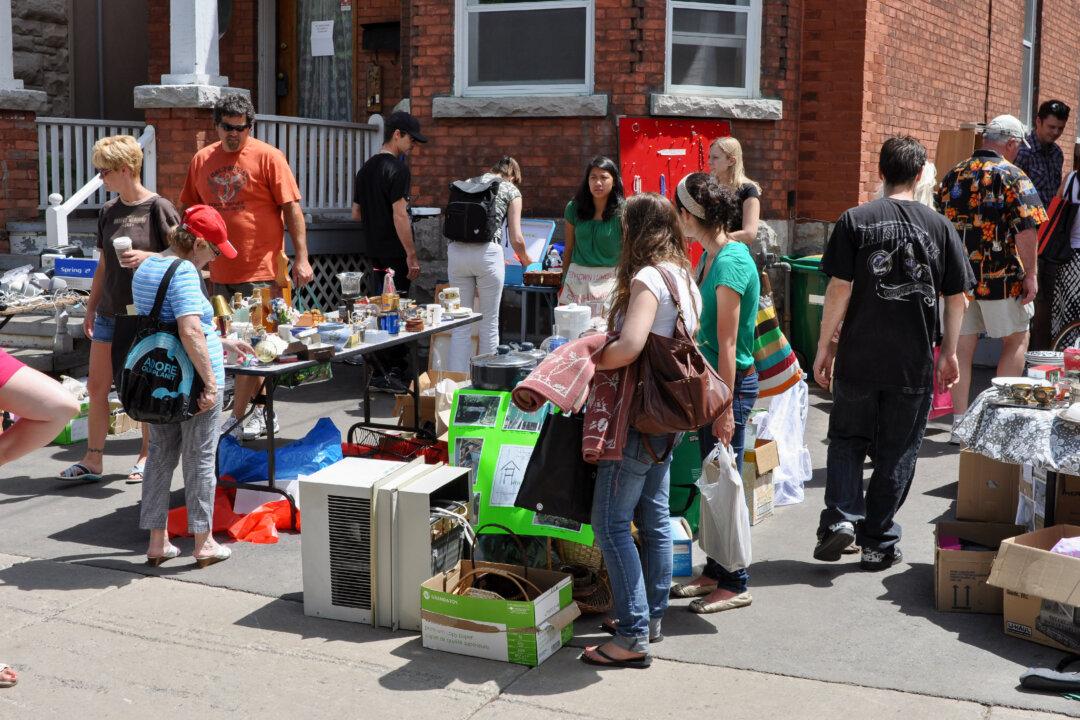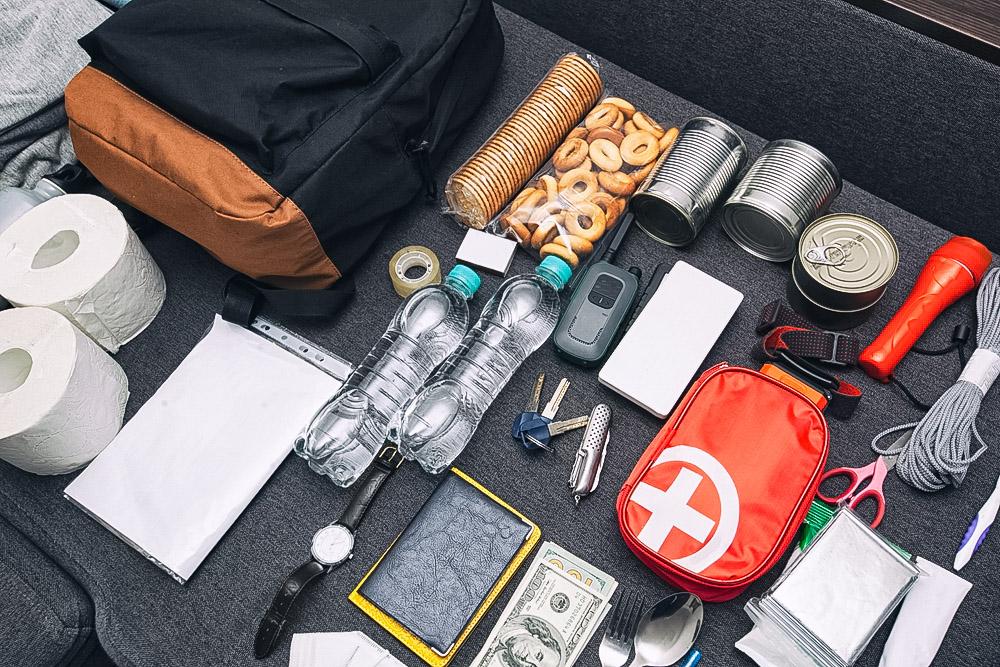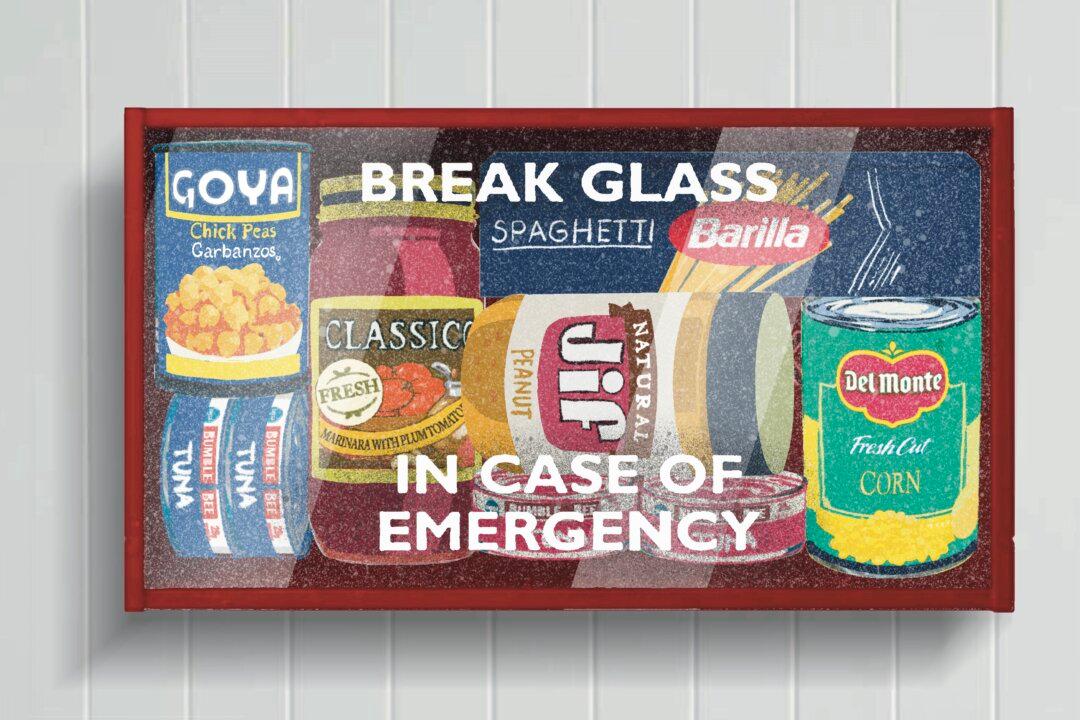When it comes to a worst-case scenario, your best friend will be your insurance agent or a reputable plumber or roofing contractor, not a bug-out bag or freeze-dried food. Right in the middle of Winter Storm Uri when the Texas power grid failed, a single weakened pipe in our attic burst, sending hundreds of gallons of water through our house. You can bet that the first phone call we made was to our insurance company.
In a scenario such as this one, however, when adrenaline is pumping and our brains can’t decide if we should flee, freeze, or fight, the last thing you’ll want to do is race through the house looking for insurance policies and things such as medical records, birth certificates, and bank statements.





